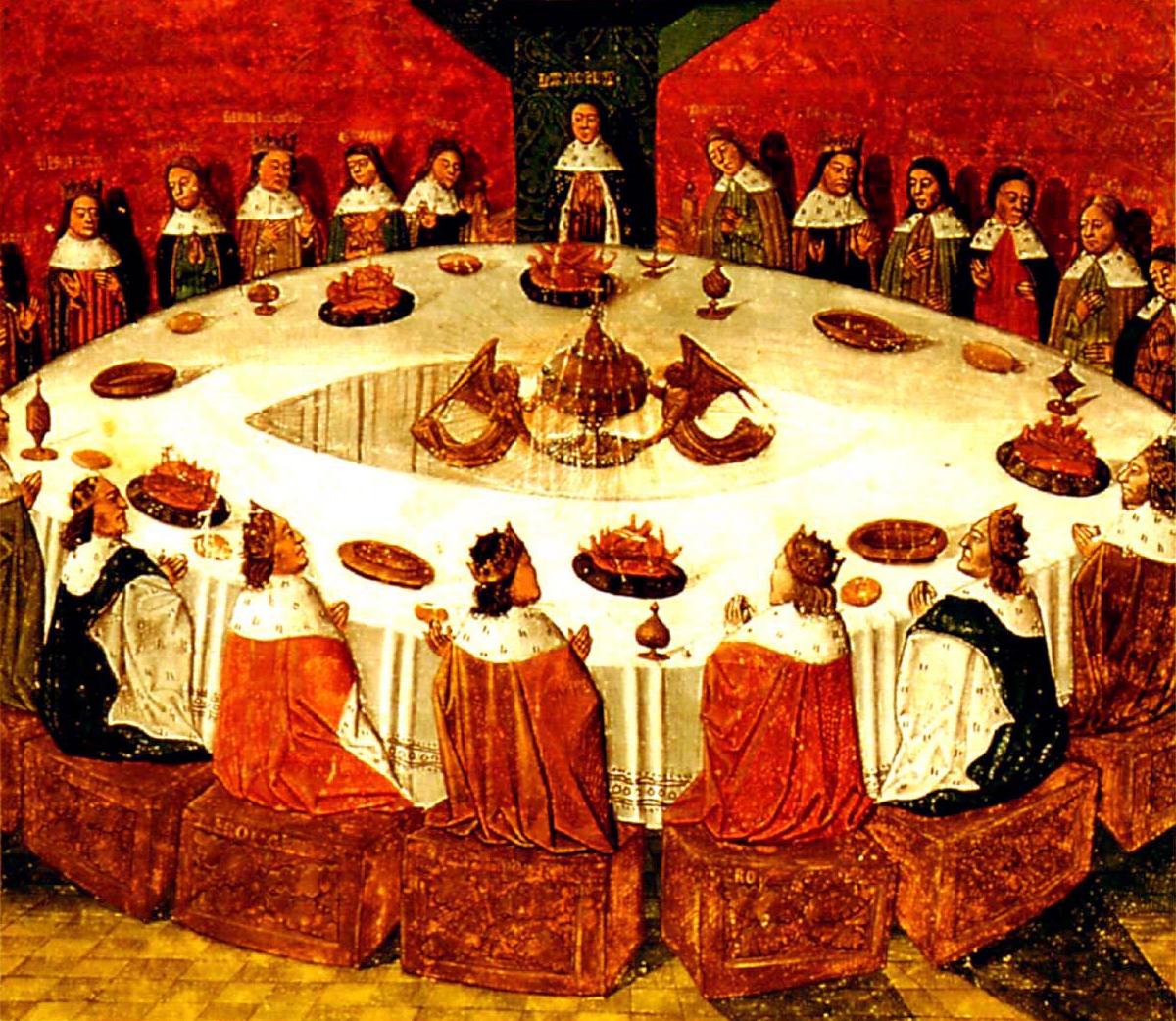Common Core Standards
"A Picture Paints a Thousand Words"
1. Activate Prior Knowledge Carefully study
- Who were the people involved?
- What were they trying to accomplish?
- What was the artist's attitude about the Crusades? Does the painting reflect a bias towards one side of the conflict, or does it seem objective? How do you know?
2. Comparing Perspectives View and analyze "Horrible Histories: Crusaders Report."
Partner Conversation: What was the filmmaker's attitude about the Crusades? How can you tell?
3. Watch the Crusaders Report a second time on Edpuzzle. Answer the questions as you go. Remember, if you don't know the answer, you can review that section of the video.
3. Map of the Crusades Use the map below to complete your own Crusaders map. You will find the map in your classroom folder.
4. Building Background Knowledge Read textbook pp.
5. Document Based Question
(Stanford History Education Group)
What happened when the Crusaders captured Jerusalem?
Historians create historical accounts, in part, by comparing multiple documents and perspectives of different people. Focusing on perspective is important because it helps evaluate possible biases and the trustworthiness, or reliability of a document.
Our task will be to compare and contrast three documents from the First Crusade. You are going to explore different perspectives on this event while considering what happened when the Crusaders captured Jerusalem. The Crusade Documents can be found in your classroom folder.
6. Group Collaboration:
Group Leaders, please make a copy and share with your group members "can edit."
Copia en espanol .
4. Building Background Knowledge Read textbook pp
5. Document Based Question
(Stanford History Education Group)
What happened when the Crusaders captured Jerusalem?
Historians create historical accounts, in part, by comparing multiple documents and perspectives of different people. Focusing on perspective is important because it helps evaluate possible biases and the trustworthiness, or reliability of a document.
Our task will be to compare and contrast three documents from the First Crusade. You are going to explore different perspectives on this event while considering what happened when the Crusaders captured Jerusalem. The Crusade Documents can be found in your classroom folder.
6. Group Collaboration:
Group Leaders, please make a copy and share with your group members "can edit."







